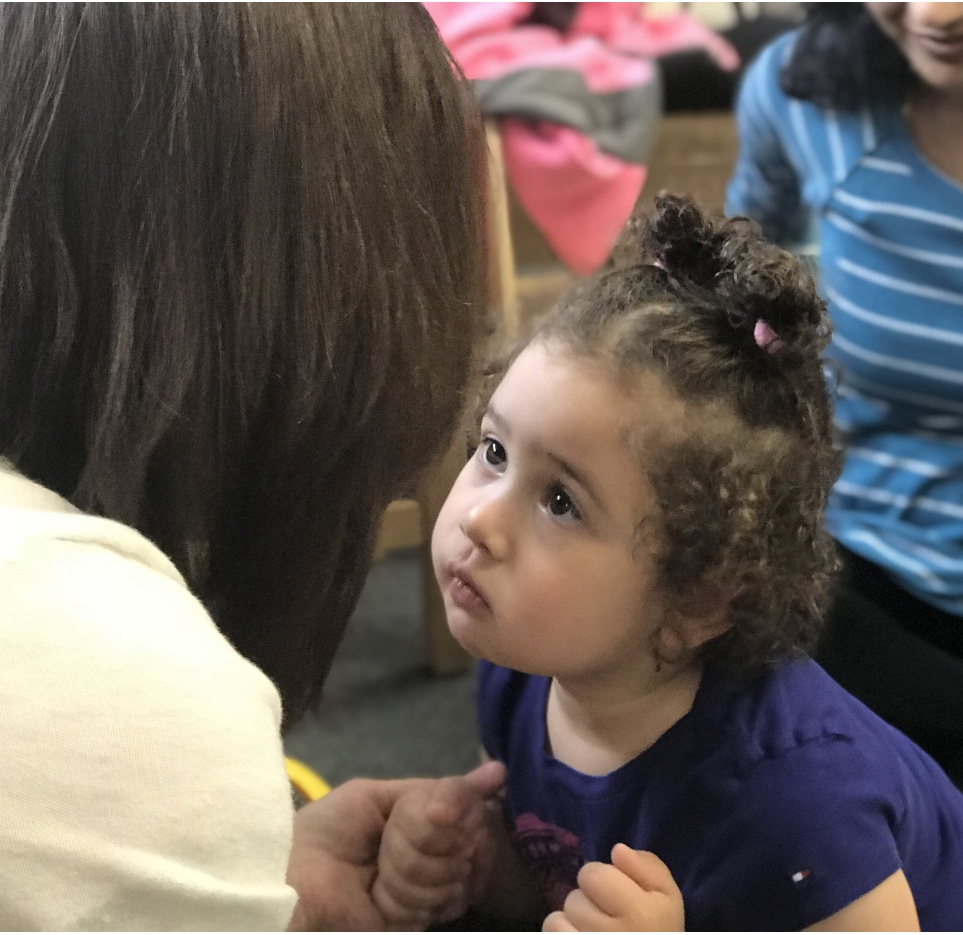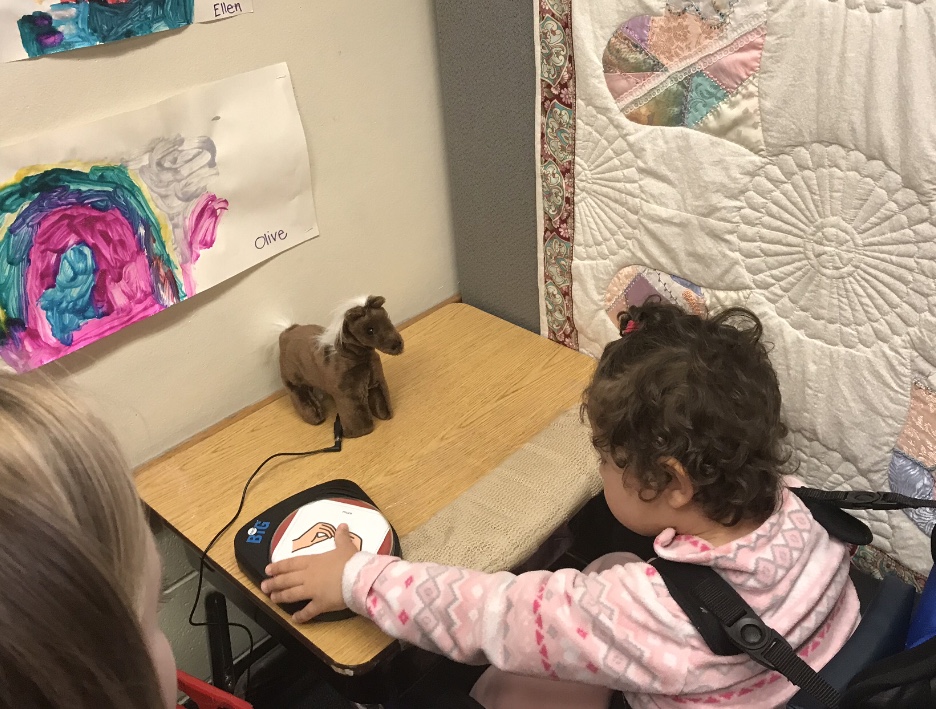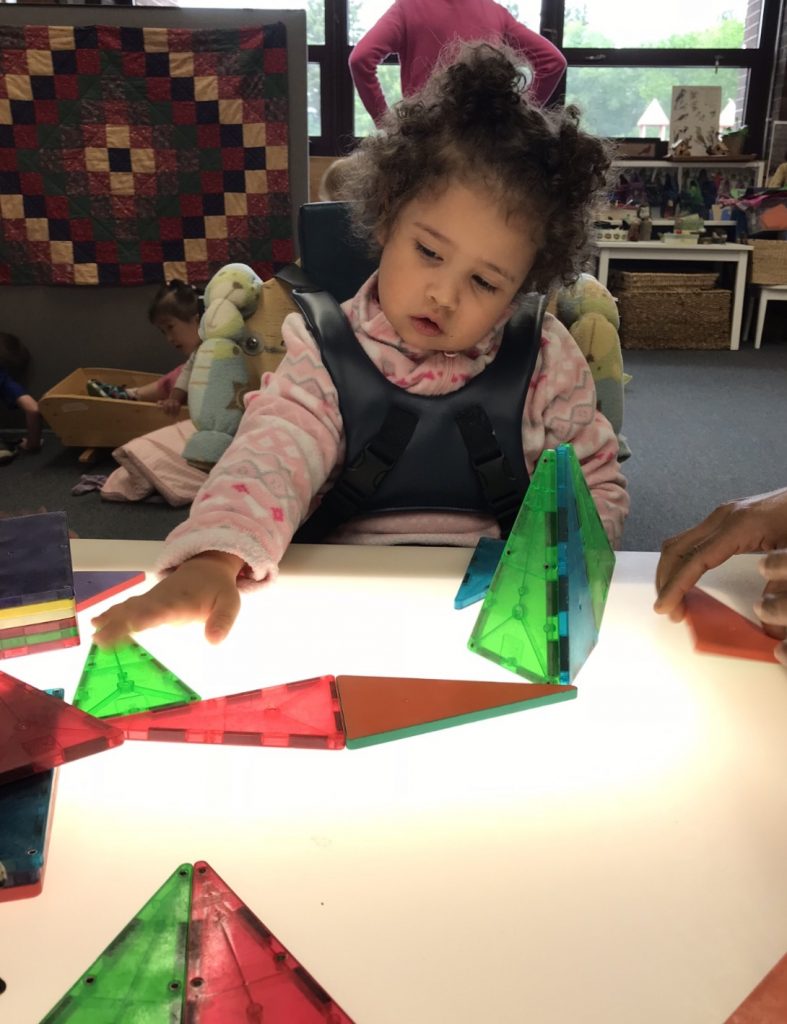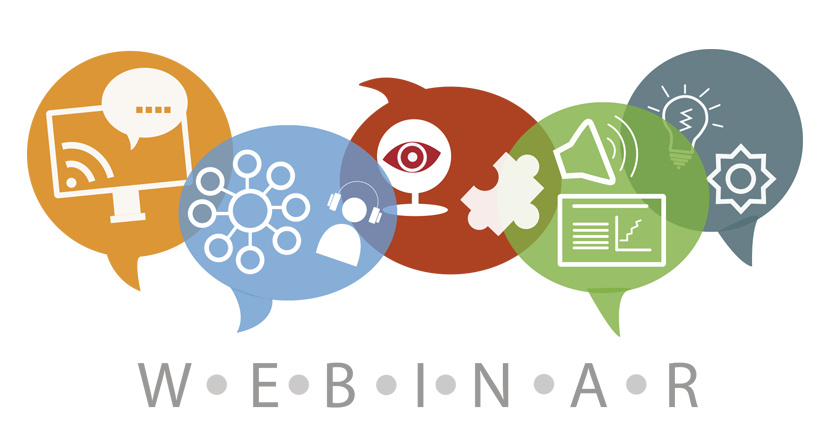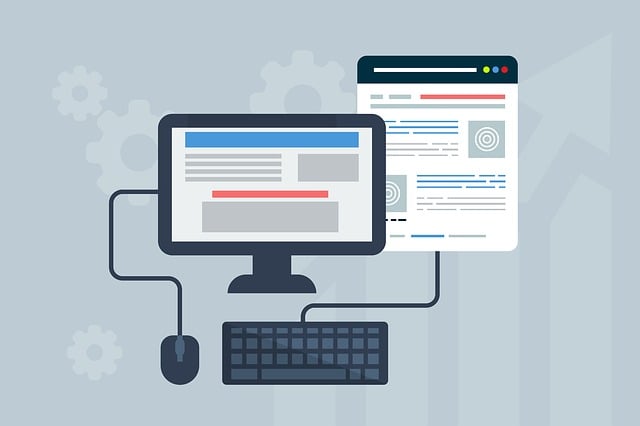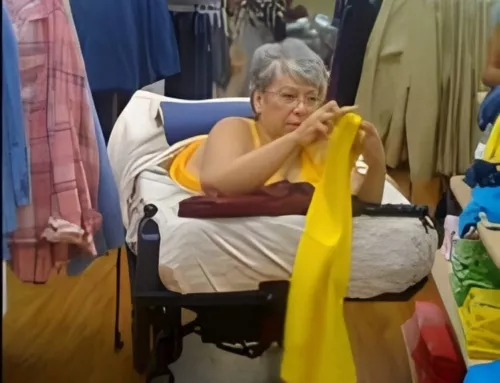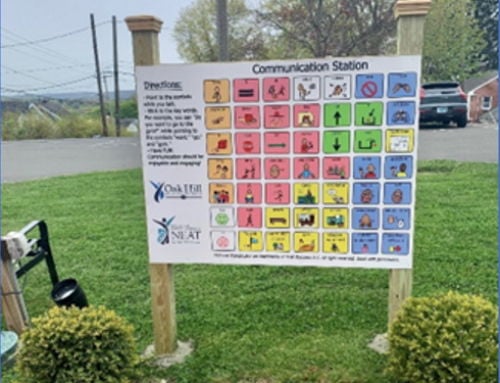Accessible Toys Light Up Rebecca’s Classroom

Thanks to the MassMATCH Community Blog for this story about the power of play.
This past year, a little girl arrived for preschool in a town northwest of Boston. Rebecca, four years old, has various physical and cognitive disabilities and was welcomed by her special education team. Her teacher, Mary Ellen Forty, immediately got to work considering how to engage Rebecca in the classroom.
Rebecca, Mary Ellen knew, would need toys that stimulate, challenge, and offer a means of success for her motor abilities. She hoped, too, that accessible toys would attract the interest of the other children in the classroom and help everyone get to know one another. She didn’t know how it would go. She didn’t yet know Rebecca well.
That’s the wonderful thing about the device loan programs of the State Assistive Technology Programs; multiple devices may be borrowed for up to four weeks at a time. There is no risk of buying the wrong thing or discovering something is a dud for the individual or the environment or both. This is true for all that the loan program offers, from devices for eating independently, gadgets for dispensing medication, communication aids, specialized software, video magnifiers, and even adapted toys. In the case of Rebecca, the preschool was able to borrow devices from all three of the MassMATCH AT Regional Centers program inventories. To try with Rebecca, her team borrowed several “switch accessible” toys. These are battery-powered but have been modified to turn on and off using any one of a number of switch options suitable for individuals with various motor impairments. Rebecca’s speech therapist, OT, PT, and paraprofessional worked together to choose equipment they thought might work best for her.
They borrowed a train that blows bubbles and plays music, a giggling Elmo, a vibrating musical bee, a clomping horse and a singing butterfly. They also borrowed a jellybean switch to use with the toys, in consideration of Rebecca’s abilities.
“I hoped the switch toys might work,” Mary Ellen reported a few weeks later, “but I didn’t imagine the success we’d see.”
To her delight, Rebecca brought the toys and herself to life in a way that was infectious. “The other children were pulled into the excitement,” she says. “The kids all wanted to play with this student and her new toys!” Quickly, Rebecca became just one of the kids in the classroom. “It was such a difference. The kids had a new way to engage and get to know their friend.”
The effect was so dramatic, the school district is in the process of purchasing a number of devices as a result of the trial. Without this trial, it would have been difficult to justify the cost, as these devices are extremely expensive. But now Rebecca will have the specific equipment she needs to learn and play.
Catherine Bly, ATRC Coordinator in Boston, spoke to Mary Ellen on the phone to hear how her use of the program had worked out. “This lovely awakening would not have been possible in this way without the help of MassMATCH or the extraordinary commitment of Mary Ellen,” she concludes. “Mary Ellen was so determined to have a range of cool things for Rebecca she borrowed equipment from all three of the AT Regional Centers!”
These days, Rebecca continues to play with her classmates. She is also learning to use apps on an iPad with a Blue2 switch interface, another device Mary Ellen borrowed to trial at the same time as the toys. The “cause and effect” lessons learned with switch accessible toys will undoubtedly serve Rebecca well and will hopefully help her to learn new ways to communicate. Play, her story demonstrates, opens up a world of expression, and first steps toward a lifetime of community.
Find your State AT Program
Monthly Blog Digest
Search the blog
State AT Program Blogs
California
Florida
Indiana
Kentucky
Louisiana
Maryland
Massachusetts
Michigan
Montana
North Carolina
North Dakota
Utah
State AT Program Blogs
The AT3 Center, the Association of AT Act Programs (ATAP), and the Administration on Community Living (ACL) make no endorsement, representation, or warranty expressed or implied for any product, device, or information set forth in this blog. The AT3 Center, ATAP, and ACL have not examined, reviewed, or tested any product or device hereto referred.

